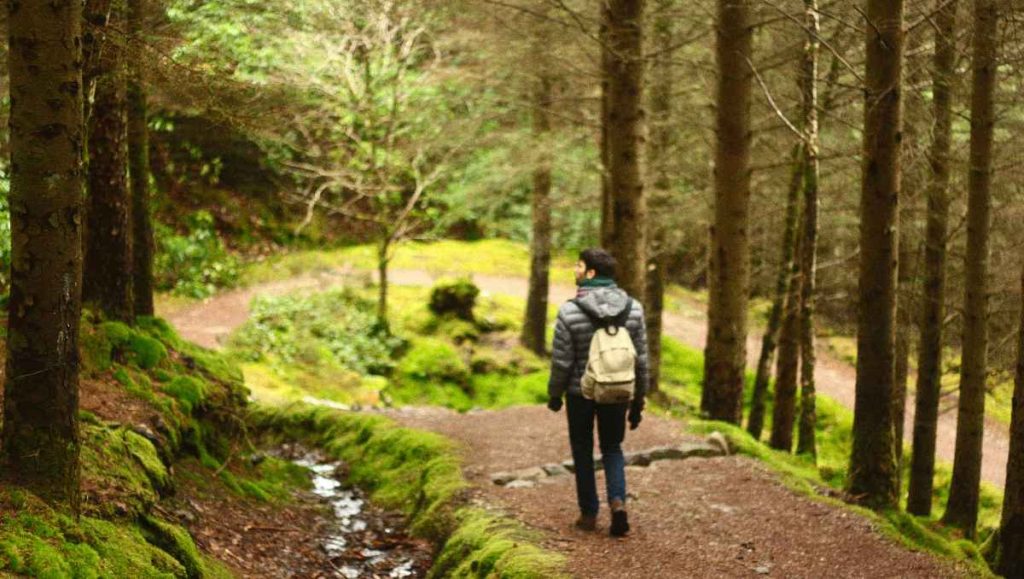
Have you ever found yourself lost in the woods, disoriented, and unsure how to return to safety? Whether you're an experienced outdoorsman or a casual hiker, getting lost can be a frightening experience. But fear not, for even in the most remote locations, there are different navigation techniques to find your way back.
Different Navigation Techniques
Different navigation techniques include celestial navigation, which relies on stars and celestial bodies as guides; land navigation, which involves map reading and compass use; and GPS navigation, which integrates technology for accurate positioning.
This article delves into navigation techniques, exploring traditional and modern methods that can guide you through the wilderness. Learning how to improve land navigation skills can empower you to navigate and ensure a safe and enjoyable outdoor experience confidently.
Understanding Your Environment
Throughout my 15-plus years spent navigating the wilderness, I've encountered countless situations where understanding and utilizing various navigation techniques became crucial. Before diving into specific techniques, developing a keen awareness of your surroundings is crucial. This involves honing your observational skills to leverage natural signs, landmarks, and terrain features for direction, finding, and establishing your position.
Reading Nature's Signs
The natural world offers a wealth of information for those who know how to interpret it. Here are some key celestial and terrestrial clues you can utilize:
The Sun: Our closest star's predictable path across the sky can be a valuable tool. Observing its position gives you a rough idea of your cardinal directions.
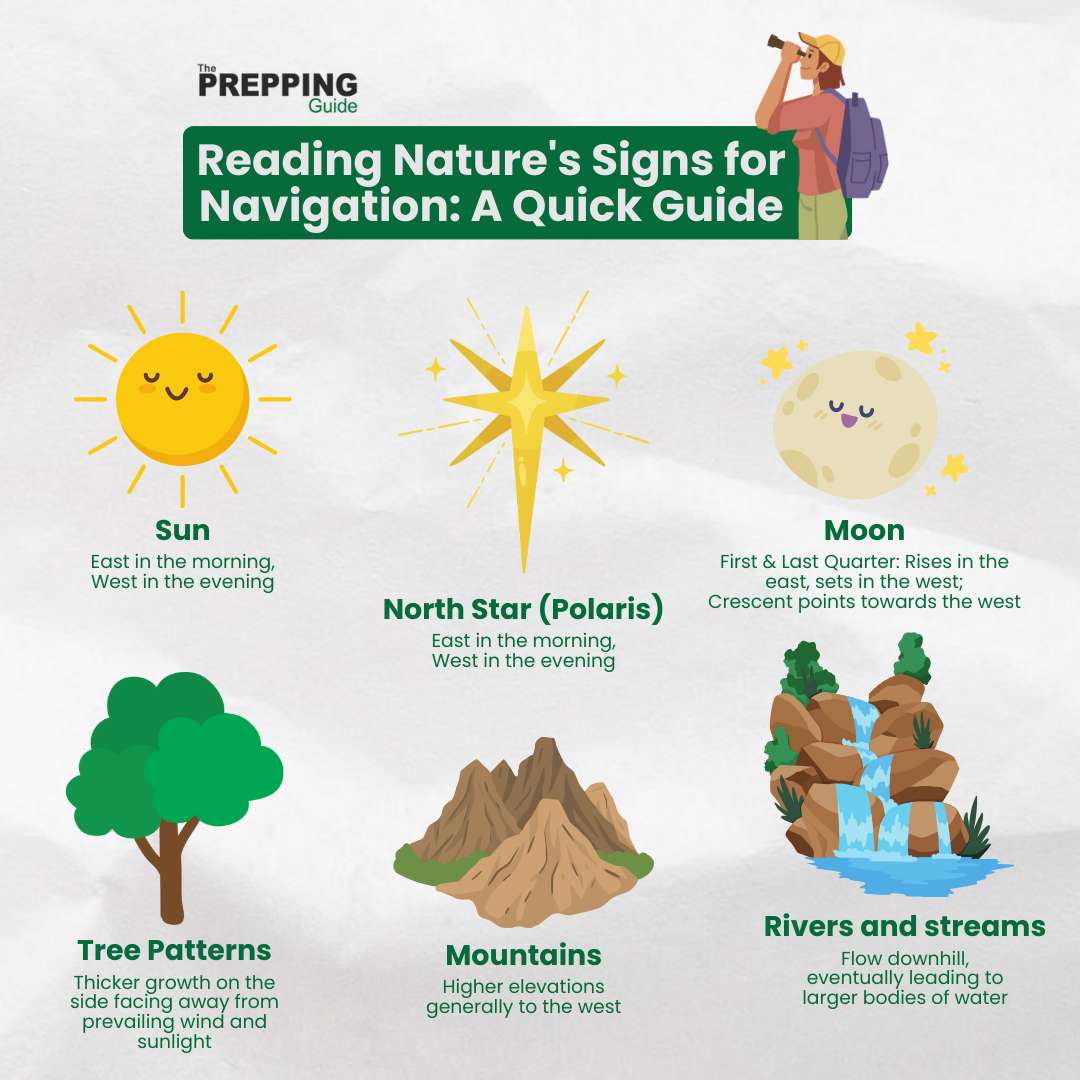
Stars: While navigating by the stars requires practice, it can be incredibly accurate. The North Star, Polaris, stays nearly fixed in the night sky and always points north.
The Moon: The moon's phases can provide directional cues. The moon can offer a general sense of direction, especially when combined with other natural signs.
Landmarks and Terrain Features
The landscape itself can offer valuable clues for navigation. Mountains, rivers, and man-made landmarks can serve as reference points to help orient yourself.
Remember, combining your understanding of natural signs, landmarks, and terrain features allows you to develop a comprehensive sense of your surroundings and navigate with greater confidence in the wild.
Traditional Navigation Techniques
Even in the age of advanced GPS technology, traditional navigation techniques remain valuable tools for outdoor enthusiasts. Here are some key traditional navigation techniques to add to your skillset:
Shadow Stick Method: Utilizes the sun's position to determine cardinal directions.
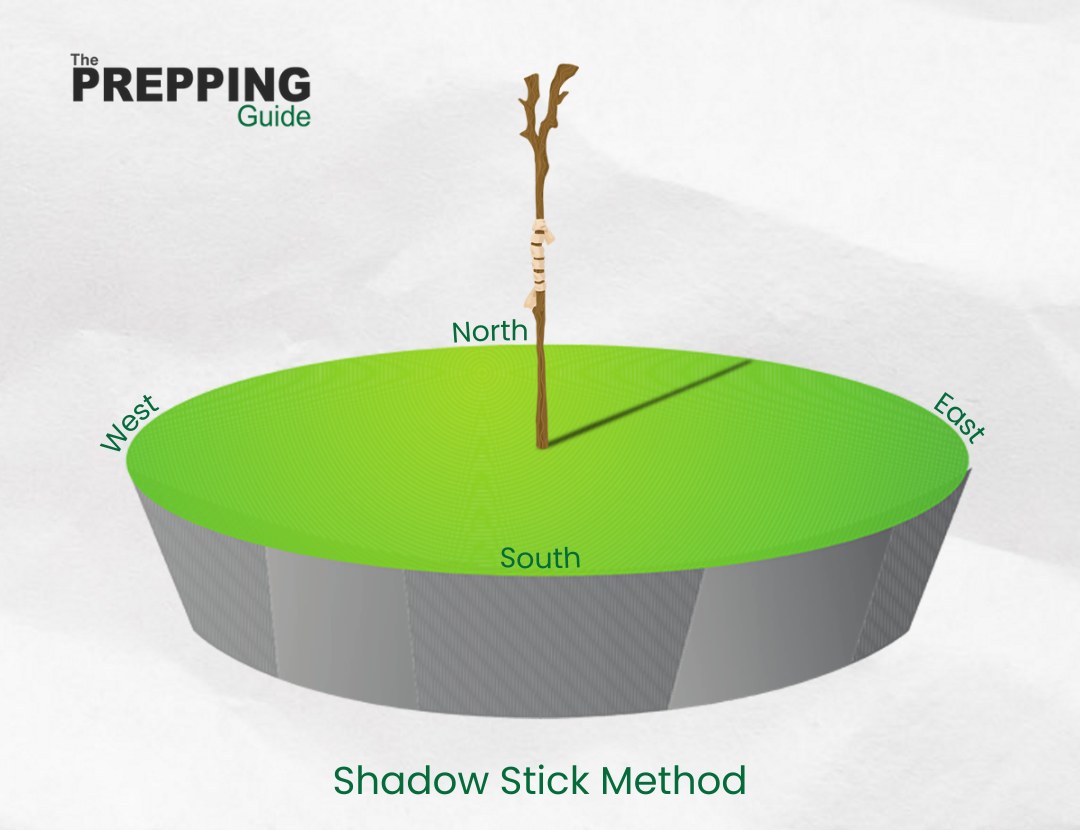
Watch Method: Turns your analog watch into a makeshift compass.
Stellar and Moon Navigation: Navigating by the stars and moon requires practice and knowledge of specific constellations.
Modern Navigation Tools and Techniques
While traditional methods offer valuable skills, modern navigation tools like maps and compasses, as well as GPS technology, can significantly enhance your ability to find your way in the wild.
Maps and Compasses: Topographic maps and compasses provide a reliable navigation system, even when electronic devices fail.
GPS Technology: GPS devices utilize a network of satellites to pinpoint your location on Earth with remarkable accuracy.
Navigation Planning and Strategy
Before venturing into the wilderness, proper planning and strategizing are critical for a safe and successful journey. Route planning, wayfinding, and avoiding common navigation errors are essential components.
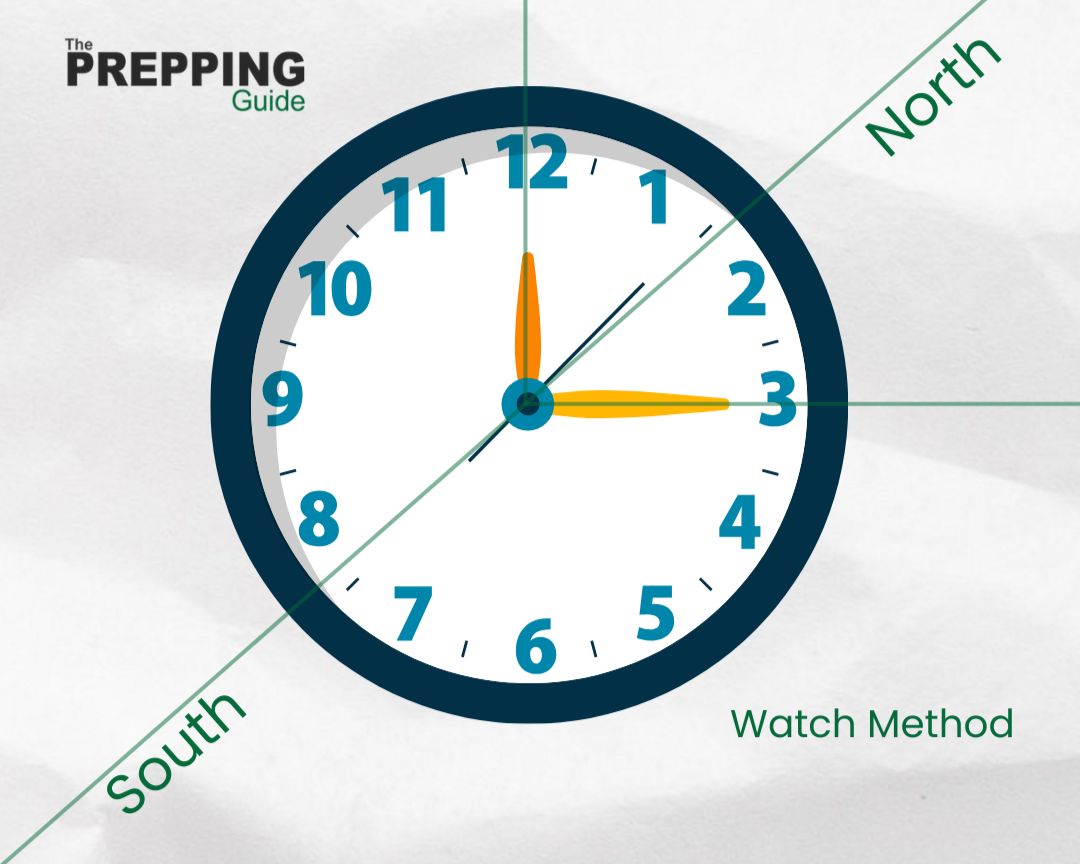
Challenges and Solutions
Even the most meticulous plans can encounter unforeseen circumstances. Navigating in challenging conditions like limited visibility, heavy rains, or at night requires specific strategies to ensure safety and success.
FAQs
1. How do I choose the right compass for wilderness navigation?
2. Can I use natural navigation methods in conjunction with GPS technology?
3. What are the most common mistakes to avoid when navigating in the wilderness?
By investing time in thorough planning, utilizing a combination of traditional and modern tools, and staying mindful of potential pitfalls, you can significantly reduce your risk of getting lost and navigate your way through the wilderness with confidence and competence.
Remember, the key to effective navigation lies in preparation, practice, and continuous learning. Embrace the challenge, hone your navigation skills, and, most importantly, enjoy the adventure!
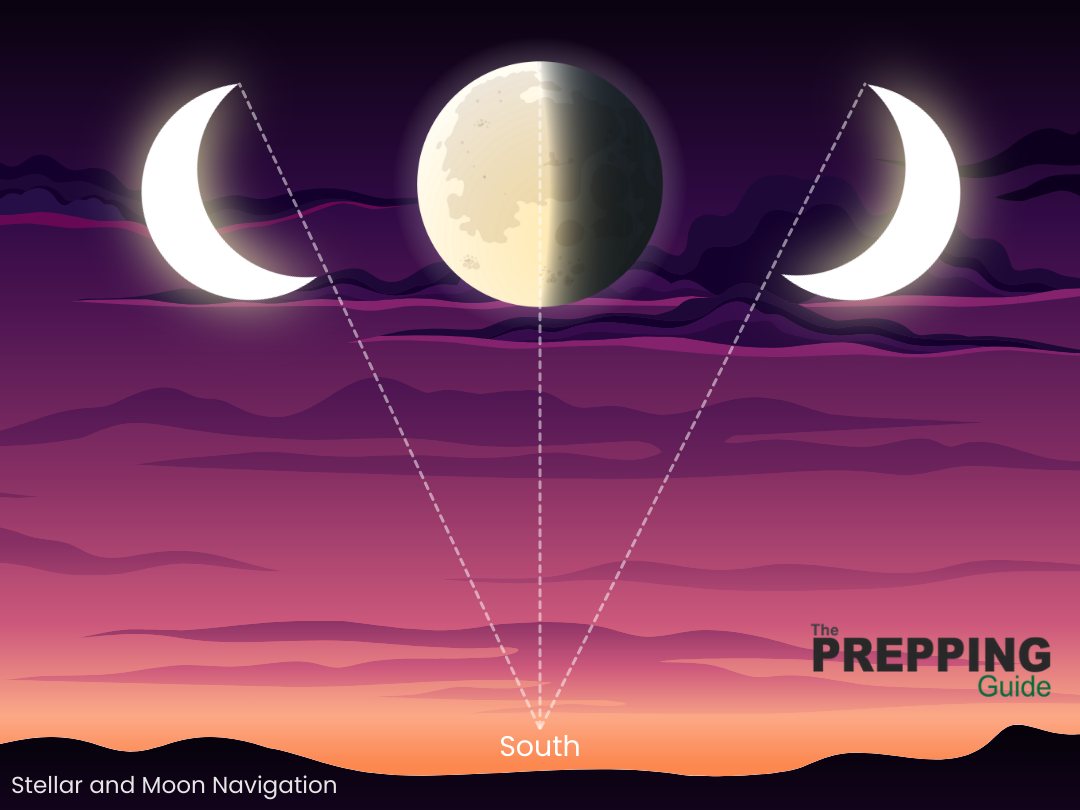 —————————————————————————————————————————————————————————————–
—————————————————————————————————————————————————————————————–
By: kiezelamquiz
Title: Mastering Navigation Techniques: A Comprehensive Guide
Sourced From: thepreppingguide.com/different-navigation-techniques/
Published Date: Tue, 12 Mar 2024 07:12:54 +0000

